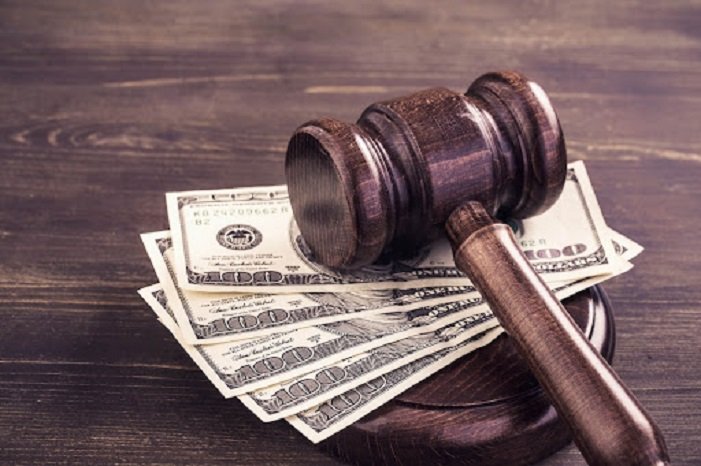If you’re drowning in debt and have no money to spare, filing for Chapter 7 bankruptcy might seem like an impossible task. I’ve been through this process myself, and I’m here to tell you that it’s possible to get a fresh start, even when funds are tight. Let’s break it down step by step to help you navigate this journey.

Chapter 7 bankruptcy is a legal process that helps individuals wipe out most of their unsecured debts, like credit card bills, medical expenses, and personal loans. It’s designed for people with limited income who cannot realistically repay their debts. Unlike Chapter 13 bankruptcy, which involves a repayment plan, Chapter 7 can discharge your debts entirely within a few months.
Step 1: Understand the Costs Involved
While Chapter 7 is meant to assist those with financial struggles, it does come with some costs:
- Filing Fee: The court filing fee is $338 as of 2025. However, you may qualify for a fee waiver if your income is below 150% of the federal poverty level.
- Credit Counseling Course: You’re required to complete a credit counseling course before filing. This typically costs $25-$50, but free or reduced-cost options may be available.
- Attorney Fees: Hiring a bankruptcy attorney can cost anywhere from $1,000 to $2,000. However, there are ways to file without one if you can’t afford it.
Step 2: Check If You Qualify for a Fee Waiver
If you truly have no money to pay the filing fee, you can request a fee waiver. To do this:
- Fill out Form 103B (Application to Have the Chapter 7 Filing Fee Waived).
- Submit it along with your bankruptcy petition.
- Provide documentation of your income to show it falls below the federal poverty guidelines.
If the court denies your fee waiver request, they may allow you to pay the fee in installments instead.
Step 3: Gather the Necessary Documents
Before filing, you’ll need to gather essential documents to complete your paperwork:
- Proof of income (pay stubs, tax returns)
- A list of all your debts
- Bank statements
- A list of your assets (property, vehicles, etc.)
- Monthly living expenses
Having these documents organized will make the process smoother.
Step 4: Complete the Required Credit Counseling Course
You must take a credit counseling course from an approved agency before filing. Search for free or low-cost options in your area or online. Once you complete the course, you’ll receive a certificate, which must be included with your bankruptcy filing.
Step 5: File “Pro Se” if You Can’t Afford an Attorney
Filing without an attorney, also known as filing “pro se,” is an option if you can’t afford legal help. Here’s how to proceed:
- Download the Forms: Visit the U.S. Courts website to access the official bankruptcy forms.
- Fill Out the Forms: Be thorough and accurate when completing the forms. Mistakes can delay the process or lead to a dismissal of your case.
- File Your Petition: Submit your completed forms to your local bankruptcy court. If you’re requesting a fee waiver, include Form 103B.
- Attend the 341 Meeting: This is a meeting with your court-appointed trustee and creditors. Be prepared to answer questions about your finances.
While filing pro se can save you money, it’s essential to do your research and understand the legal requirements. If you feel overwhelmed, consider reaching out to free legal aid organizations.
Step 6: Explore Free Legal Aid
If filing pro se feels daunting, look for free or low-cost legal assistance. Here are some options:
- Legal Aid Societies: Many non-profits offer free help to low-income individuals.
- Pro Bono Attorneys: Some lawyers volunteer their services for those in need.
- Bankruptcy Clinics: Community organizations or law schools may host free clinics where you can get guidance.
Step 7: Be Honest and Thorough
Honesty is critical in bankruptcy filings. Disclose all your assets, debts, and financial transactions. Failing to do so could result in your case being dismissed or even legal penalties.
Step 8: Life After Filing
Once your case is discharged, most of your unsecured debts will be eliminated. This gives you the chance to rebuild your financial life. Start by:
- Creating a budget
- Building an emergency fund
- Monitoring your credit report. Read More